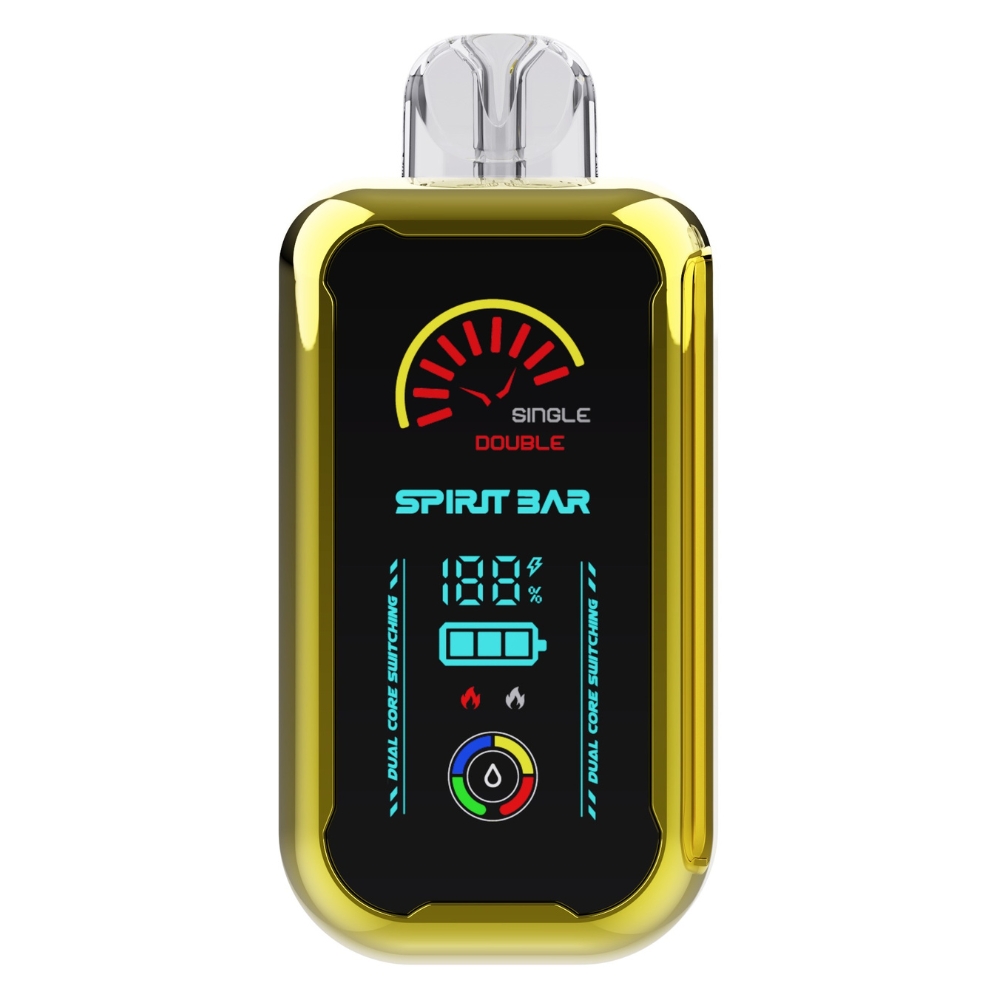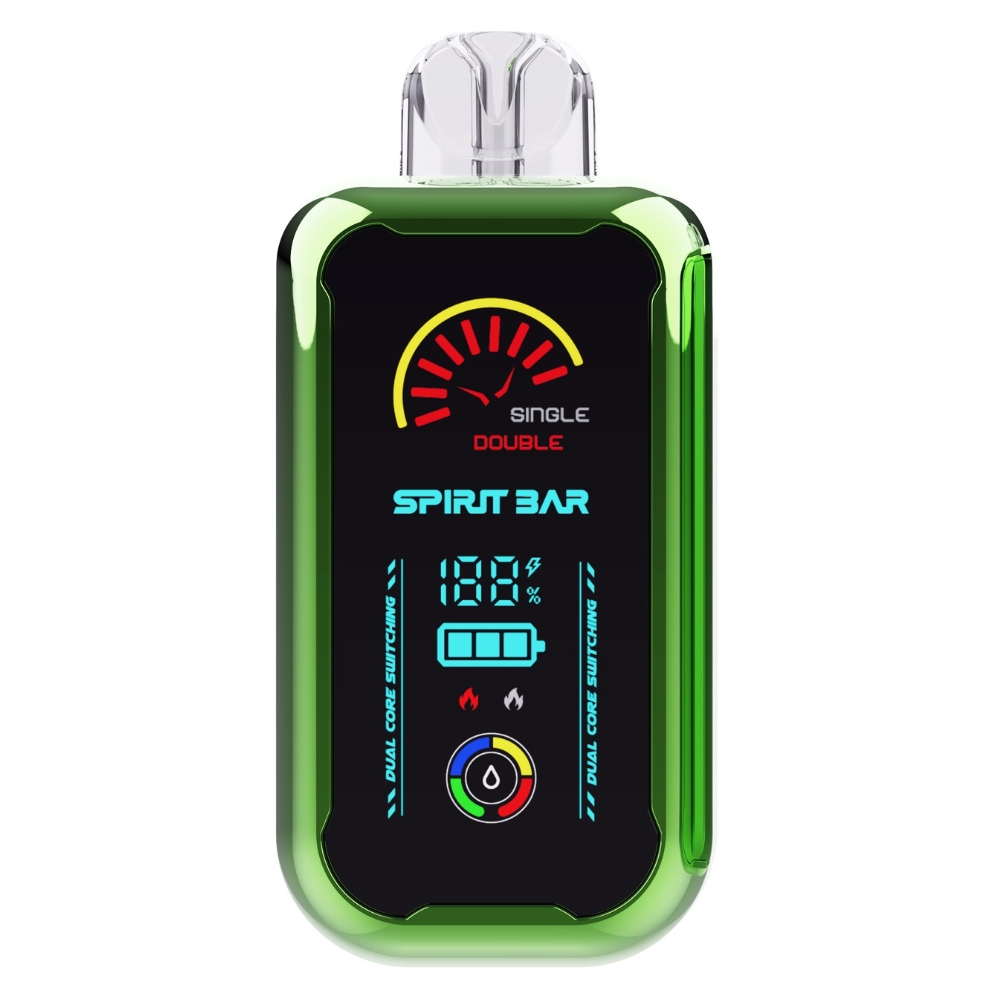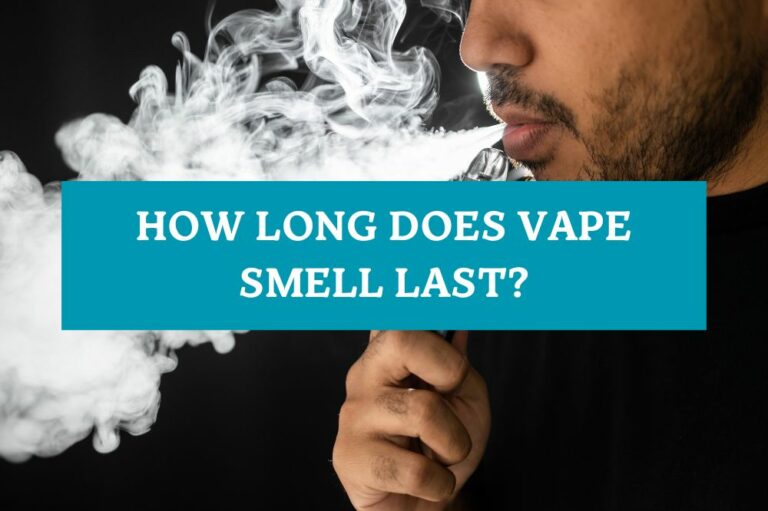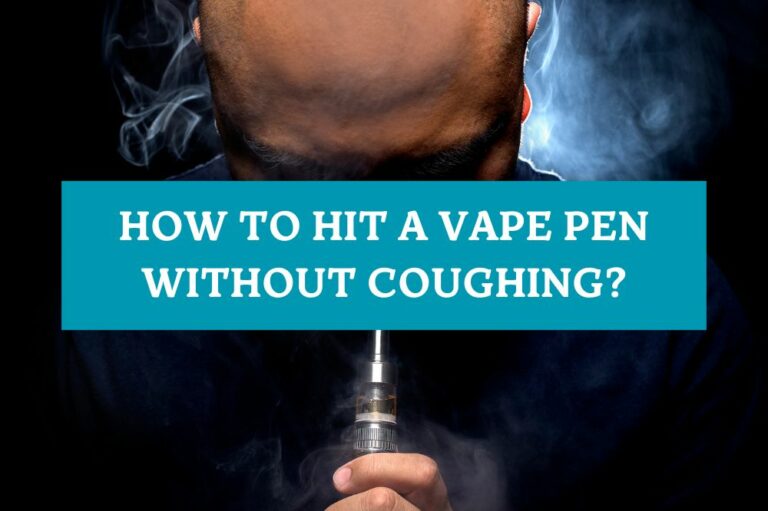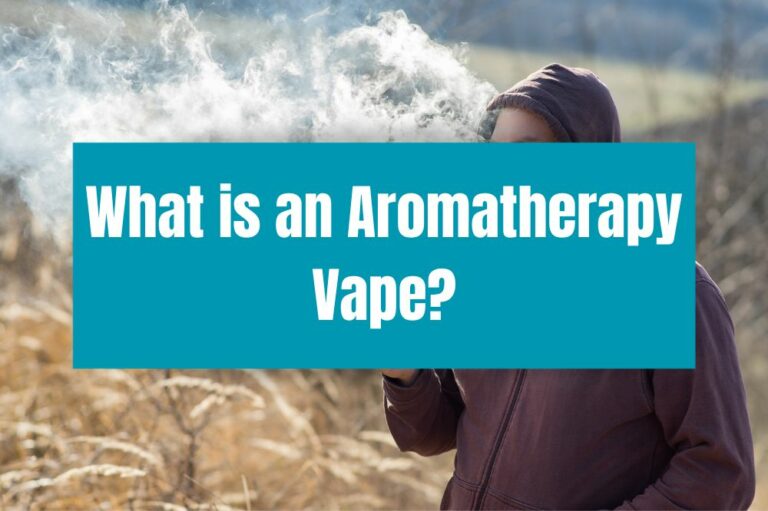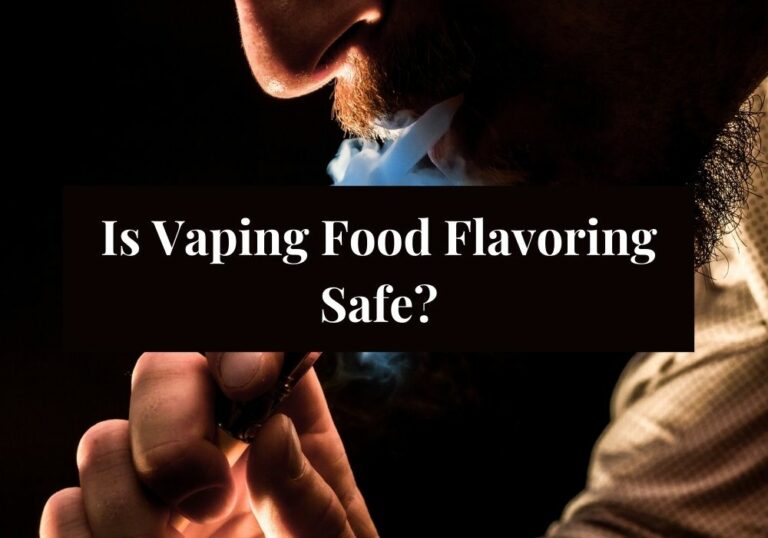Can One Hit of a Vape Hurt You?
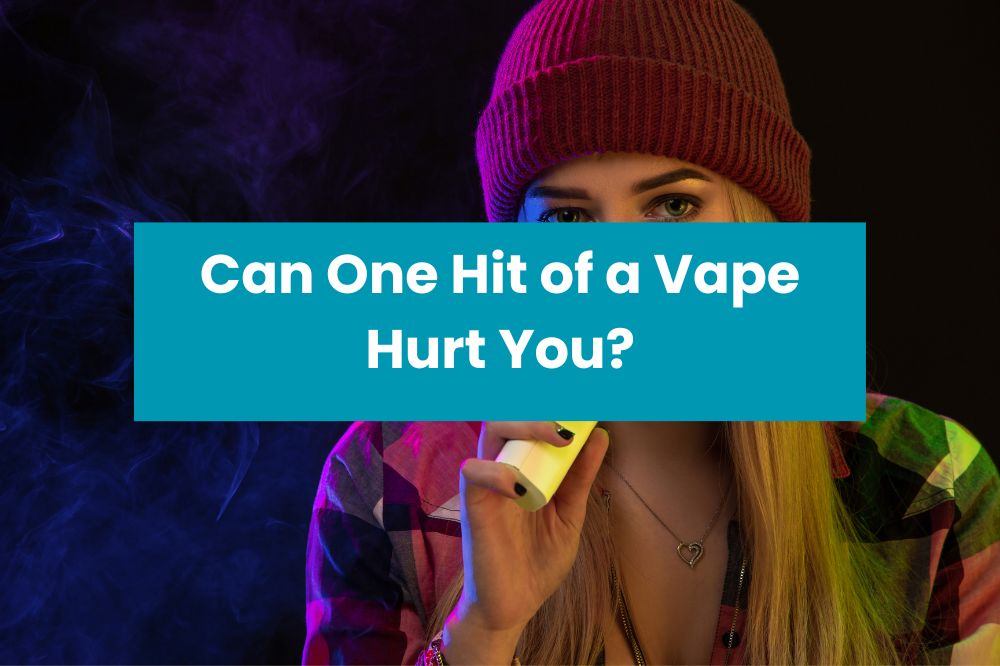
If you’re wondering whether taking one hit from a vape can hurt you, the answer is yes. While vaping is often marketed as a safer alternative to smoking, it still poses significant health risks, especially when it comes to lung health. Inhaling even a small amount of vapor can cause damage to your lungs and put you at risk for a range of serious health problems.
According to a report published in the journal Radiology, non-nicotine vaping can harm your lungs even after just one use of an e-cigarette. The study found that inhaling the chemicals in e-cigarettes can cause inflammation and damage to the cells lining your airways, which can lead to respiratory problems and other health issues. Additionally, the chemicals used in vaping, such as flavorants and other additives, are known to be harmful to the heart and lungs.
While the long-term effects of vaping are still being studied, there is growing evidence that it can cause serious health problems, particularly when it comes to lung health. If you’re considering vaping, it’s important to understand the risks involved and to make an informed decision about whether it’s worth it for you. Remember, even one hit from a vape can cause damage to your lungs, so it’s important to take these risks seriously.
Understanding Vaping
What is Vaping?
Vaping is the act of inhaling and exhaling the aerosol produced by an e-cigarette or similar device. The aerosol, commonly referred to as vapor, is produced by heating a liquid or e-juice that usually contains nicotine, flavorings, and other chemicals. The liquid is heated by a battery-powered heating element, which turns it into a vapor that can be inhaled.
Components of a Vape
A vape or e-cigarette is made up of several components, including:
- Battery: The battery is the power source for the vape. It is usually rechargeable and can be charged using a USB cable.
- Tank: The tank is where the e-juice is stored. It is usually made of glass or plastic and can hold between 1 and 5 milliliters of e-juice.
- Coil: The coil is a small heating element that is located inside the tank. It is responsible for heating the e-juice and turning it into vapor.
- Wick: The wick is a small piece of cotton or other material that is used to absorb the e-juice and deliver it to the coil.
- Mouthpiece: The mouthpiece is where you inhale the vapor. It is usually made of plastic or metal and can be removed for cleaning or replacement.
It is important to note that the chemicals used in vaping, aside from the highly addictive nicotine or THC, such as flavorants and other chemicals, are super harmful to the heart and lungs. Vaping is less harmful than smoking, but it’s still not safe. Regular tobacco cigarettes contain 7,000 chemicals, many of which are toxic. If you don’t vape, don’t start. If you need help quitting, know that you’re not alone.
Potential Hazards of a Single Vape Hit
Vaping has become increasingly popular in recent years, but it’s important to understand that it’s not a risk-free activity. Even taking a single hit from a vape can have potential hazards. Here are some of the immediate and long-term risks associated with vaping.
Immediate Effects
When you take a hit from a vape, you’re inhaling a mixture of chemicals and substances. Even if the vape juice doesn’t contain nicotine, it can still have other harmful ingredients like propylene glycol, vegetable glycerin, and flavorings. Inhaling these substances can cause irritation to your throat and lungs, leading to coughing, wheezing, and shortness of breath.
Moreover, inhaling a single puff of a vape can cause damage to your blood vessels, even without any nicotine. According to a study, the harmful effects of vaping on blood vessels were similar to smoking tobacco cigarettes. It can lead to stiffness and narrowing of blood vessels, which increases the risk of heart disease and stroke.
Long-Term Risks
One of the most significant long-term risks of vaping is addiction. Even if you take a single hit from a vape, you can become addicted to nicotine, which is present in most vape juices. Nicotine is highly addictive, and it can cause changes in your brain that make you crave it more and more.
Additionally, vaping can cause lung damage over time. The oily liquids in vape juice can cause lipoid pneumonia and inflammatory lung issues. These issues can lead to chronic obstructive pulmonary disease (COPD), which can cause permanent damage to your lungs and make it difficult to breathe.
In conclusion, vaping is not a risk-free activity, and even taking a single hit can have potential hazards. It’s important to understand the risks associated with vaping and make an informed decision about whether or not to engage in this activity.
Factors Influencing the Impact of a Single Vape Hit
When it comes to the impact of a single vape hit, there are several factors that can influence the outcome. Here are two of the most important factors to consider:
User’s Health Condition
Your health condition can play a significant role in how your body reacts to a single vape hit. If you have pre-existing respiratory issues such as asthma or chronic obstructive pulmonary disease (COPD), you may be at a higher risk of experiencing negative effects from vaping. Additionally, if you have a weakened immune system or are prone to infections, you may be more susceptible to the harmful effects of vaping.
Type of Substance Used
The type of substance you use in your vape can also impact the severity of the effects you experience from a single hit. Nicotine, for example, is a highly addictive and toxic substance that can cause a range of negative health effects, including lung damage, heart disease, and even cancer. Other substances commonly used in vapes, such as THC or CBD, can also have negative effects on your health if used in excess or if you have an adverse reaction to them.
It’s important to note that the impact of a single vape hit can vary significantly depending on these and other factors. If you are concerned about the potential negative effects of vaping, it’s always a good idea to talk to your healthcare provider and consider alternative methods for managing stress or nicotine cravings.
Vaping vs Traditional Smoking
When it comes to smoking, both traditional smoking and vaping can have harmful effects on your health. However, vaping is generally considered to be less harmful than traditional smoking.
Traditional smoking involves burning tobacco, which releases thousands of harmful chemicals, including tar and carbon monoxide. These chemicals can cause a range of health problems, including lung cancer, heart disease, and respiratory problems.
On the other hand, vaping involves heating a liquid (known as e-juice) that contains nicotine, flavorings, and other chemicals to create an aerosol that you inhale. While e-juice also contains harmful chemicals, it typically contains fewer harmful chemicals than traditional cigarettes.
According to Johns Hopkins Medicine, vaping is less harmful than smoking, but it’s still not safe. Regular tobacco cigarettes contain 7,000 chemicals, many of which are toxic. However, the chemicals used in vaping, aside from the highly addictive nicotine or THC, such as flavorants and other chemicals, are also harmful to the heart and lungs.
It’s important to note that while vaping may be less harmful than traditional smoking, it’s still not safe. Both traditional smoking and vaping can cause serious health problems, and the best way to protect your health is to avoid both.
Myths and Misconceptions about Vaping
Vaping has become a popular alternative to smoking cigarettes. However, there are many myths and misconceptions surrounding vaping that have caused confusion and misinformation. Here are some of the most common myths about vaping:
- Myth #1: Vaping is just water vapor. This is not true. Vaping produces an aerosol that contains various chemicals, including nicotine, flavorings, and other harmful substances. In fact, according to Penn Medicine, vaping has nothing to do with water and is actually an aerosol.
- Myth #2: Vaping is safe. This is also not true. Vaping can have harmful effects on your health, including lung damage, respiratory problems, and addiction to nicotine. According to Mayo Clinic, vaping can cause lipoid pneumonia and inflammatory lung issues.
- Myth #3: Vaping is not addictive. False. Vaping can be highly addictive due to the nicotine and flavors in electronic cigarette cartridges. According to Atlantic Health, vaping is as addictive as traditional cigarettes.
- Myth #4: Vaping is not as bad for you as smoking. While it is true that vaping is less harmful than smoking, it is still not risk-free. According to NHS, vaping poses a small fraction of the risks of smoking in the short and medium-term.
- Myth #5: Vaping is odorless. This is not true. Vaping produces a distinct odor that can be offensive to some people.
It is important to separate fact from fiction when it comes to vaping. While vaping may be less harmful than smoking, it is still not completely safe. It is important to understand the risks associated with vaping and make an informed decision about whether or not to use electronic cigarettes.

